My Life In Booze: Trevor Gulliver, St John
Fergus puts it on the plate, I put it in the glass. That sums up St John quite easily, although we are a bit more than that. Many years ago, I had a restaurant called The Fire Station in Waterloo, which became quite successful and noted. We were offered a lot of money for it back in 1993. It's not my way to do such things, but my business partner was up for it, so we sold up and he went off to launch a restaurant chain. I don't do chains – but The Real Greek is still going today. Meanwhile, Fergus was cooking over at The French House in Soho. He was cooking in the small dining room above the pub and that's where he was when he and I met thanks to our mutual contact – our Cupid, we like to call him – who was the olive oil supplier for both of us. Fergus and I had lunch, talked and then I showed him a site I’d seen, and that was it. We opened St John Smithfield in October 1994.
I’ve lived in the centre of town forever, so I’ve always had restaurants on my doorstep. I was born near Westminster Bridge. My father was in the Flying Squad when it was the most glamorous thing in the world. That's the reason we'd be out a lot in town. In 1960s London, when I was growing up, there wasn't colour television, but there were The Beatles, The Rolling Stones and the World Cup. And on the food front, things were beginning to change. I would go to Chinese restaurants with my parents in old Chinatown, which was in Limehouse not the West End. The first Indian restaurant I went to was Veeraswamy on Swallow Street, which is still there. There was a huge man at the door holding a scimitar sword. Strangely, you're not allowed to have a scimitar outside a restaurant these days.
I still remember my first drink. There was a band called The Nice, who went on to become Emerson, Lake and Palmer. They used to play pubs around the inner suburbs of London. At one of those gigs, somebody asked if I wanted a beer, and I didn't know what to order, so I went for a pint of brown ale. I never ordered one again!
We were brought up on beer, Camra and expensive lagers. In the late 60s and early 70s, if you were at college or sixth form as I was, Pernod was also very fashionable, which seems a bit crazy now. But it was a different time – when people ordered chardonnay or châteauneuf-du-pape, they didn't know whether the former was a place or the latter was a type of grape. If you went to a wedding, you’d be offered brown sherry, pale green sherry, yellow sherry or champagne – which of course was never champagne. That’s why the best thing to do was to have it with some orange juice.
In my early working life, I was out in restaurants an awful lot. In the City, we’d start lunch with a white port and then hit all the big names, like claret. If you went to a pub, you could have good beer because Camra was around, but there was little knowledge around it and bars were always separate from restaurants. My first job was working in rock ’n’ roll merchandising, which didn't exist, so we created a company that did it. We were just young people living in Sloane Square, popping into Langan’s Brasserie all the time – because there were only about four or five places that people went to. Restaurants were still pretty much the local Beefeater and, when you were there, whether you were the lord and lady of the manor or Mildred and Thomas celebrating a 50th birthday, the guy serving you would have the amazing ability to demean you by asking if you had a booking.
Fergus and I have always believed in the Parisian concept of ‘au bon accueil’. It just means ‘good welcome’. We were very stubborn to start with, believing that patience is a virtue and that those who came back to the restaurant would do so because they wanted to. If your customers are built up on that basis, the patient years are rewarded in the difficult years that will inevitably come in the world of hospitality. Where we are now is so, so, so far away from life in those early years. We’ve been through multiple generations and St John will be 30 years old next year. We always say, ‘We’re always the same, but never the same.’
When we launched St John, I was spending a lot of time in France. When I had The Fire Station, we thought we should have ten reds, ten whites and no one would be able to understand the label. That might sound counter-intuitive, but that’s how it’d always been. When it came to doing St John, it was a much bigger offering. Around this time, there were inklings of new young folk in the wine world who wanted to import bottles you couldn't buy in. Back then, wine was dominated by big business in the same way breweries are now, alongside the ebb and flow of small operations. It’s the same with cider. At the restaurants, we only serve true cider – I will go on my visit and if I can see the tree, then I'll drink the cider. But the top five brands in this country are owned by the top four international breweries. We wanted to run the risk of doing something outside the comfort zone.
On my first foray over to France to buy wine, I got lost in the dark and bitten by dogs in the middle of nowhere. Now, on our wine list, I know every single winemaker personally – some for over 30 years. From the start, we’ve sourced directly. There’s no middleman and that's important because that means they can get to market, because otherwise, international trade is dominated by big guys. We can be quite evangelical in that regard, and I might spend one month a year just meeting people. Nowadays, a lot of our sourcing is by recommendation and there are probably 60 to 100 active producers we work with.
We make our own St John wines as well. That’s because you used to find companies selling the same wine under two labels for two different levels of restaurants – that went on everywhere. I said to Fergus one day, this is ridiculous. It took time to develop our own wines back in 1996, but we knew we needed to improve our wine list so we weren’t competing with everybody else out there – and because we wanted to be true to what we set out to do.
We started making our house claret with the Sichel family – a famous dynasty in Bordeaux – over 25 years ago. I did it is because we wanted something that suited the way we cook and something that wasn’t just good ordinary claret. Equally, we wanted to be part of the process, so we would know exactly where it came from and that it would be good quality and consistent. It’s the same thing with our bread at St John. We knew all the farmers who supplied us and a few weeks into launching, we started baking our own bread. These days you might see our loaves in Fortnum & Mason and Selfridges, but they’re still all made by our own hands. Major supermarkets have asked to stock our bread, but we said no as we haven’t got the capacity to make them ourselves, by hand.
Since 2008, we've also been making our Boulevard Napoleon wines. We work 'parcellaire' with vignerons, working on the viticulture and the harvest, we then vinify at our winery in La Liviniere. We have a Fête du Vin in the village every year, which is fun. That’s how St John works. There isn't a plan, but we're always doing something and then things evolve. Claret was our bestselling wine for years and I would never serve or buy crémant in France or anywhere on the planet, as it just wasn't good enough – we’d just drink champagne. Just before lockdown, I placed our first order and now our St John crémant has outstripped our claret. Recently one of our industry friends said, “See, Trevor – you are influential” and I said, “Why’s that?” and he replied, “Everyone’s serving crémant now.” It’s the same with the bag-in-a-box thing – I started doing it 20 years ago and we’re still the only Michelin-starred restaurant that does it. But I did it for the right reasons, not because it became zeitgeisty. Now, it’s all about packaging and saving the planet – but we’ve always done that.
We don't use words like ‘natural’ or ‘biodynamic’ when we talk about our own wines. We could do because most of our suppliers fit all those bills (and they’re nice wines too – not all natural wines have to taste like exhaust dust with a cabbage thrown in). But for us it’s about purpose, working in the vineyards and husbandry. What we've done is tough and not recommended, but it’s hard to name any other restaurant that has a wine operation like ours. All sorts of things can go wrong – if the wrong thing shows up or the crop goes – it needs all sorts of expertise. Working in wine is basically all about logistics now, whether you buy, sell or distribute. It was a really long learning curve, but it was fun and we made a lot of friends along the way.
I’m out at our vineyard in the Minervois a lot and it’s a proper operation – we have stuff we keep in a bonded warehouse. It's become a big part of our business and it’s actually grown quite significantly post-Covid. Right now, our online sales are a big part of what we do, as are our trade sales.
Our wine list is exclusively French for different reasons. First, they’re our neighbours, it’s local and we can get over there to visit. If we want a pinot noir, it seems a bit odd to get it from somewhere far away. Then we didn’t want the wine list to be a huge, greatest hits-style menu where you can’t make your mind up. It’s driven by price point in the main, because we’re not a chain where only an attractive name will sell. We work in the world of cooking where we do our own butchery. Everything at St John has been thought about and it’s the same with the wine list. A lot of my favourite wines are Italian, but it’s very good to have some rigour about what you do, and if you want to go down this foolish path, you’ve got to cut your cloth. We were lucky to have the naivete of the innocent, but we continue to do it because it's now a fundamental part of the business.
We’ve never served English wines. Originally that was because they were too expensive and weren’t as good. Price is still a factor – they really are quite expensive – and there has to be a cost ratio in business. That said, English sparkling wines have done really well. They’ve won awards on pure quality and become quite a middle-class flavour, so they're not particularly accessible, but there are so many good ones now. We have our fidelity to French growers, but we’re not a closed book to that. As I said, ‘Always the same, never the same,’ so who knows?
I’m all about restaurants with a good wine list. It's delightful to have Henry Harris back with Bouchon Racine, especially as we’re neighbours – I've been there more than once. Noble Rot’s good and I feel bad I haven’t got to the new Mayfair site yet. It’s on my list. The team has changed perceptions and opened up an appreciation of fine wine beyond restaurants. I also really like Sager + Wilde. I had a recent lunch at the original Davy’s Wine Bars site, The Boot & Flogger in Southwark. I still haven’t been across to Hedonism Wines yet. I’m making a resolution now to go to Hide and Hedonism for lunch before Christmas!
Some might not believe it, but I’m not a great drinker at home. Mainly because I live in the world of it. The important thing is that when we do we have folk round, we just drink good wine – usually something refreshing with bubbles, clean whites or one of the serious reds in the cellar – or if it’s nice weather, a very cold yellow beer. Refreshments essentially, which shouldn’t even require a licence! I’m very lucky because people give me wines from around the world, which we can share with the team or with the family at home. I also drink our own wines and the wine from our Boulevard Napoleon vineyard, because that’s the best way of tasting them – that’s the excuse anyway!
I try not to drink two or three days a week. Wine tasting is a serious business – I have a Rolodex of knowledge, ties and references. During wine fair season, you could be drinking heavily three or four days a week if you don’t pace yourself. In terms of hangover cures, I’ve found the best thing for me is sparkling water and a swim – especially if you’ve got one of those remorse hangovers! The third thing is patience, because it's going to take a little time. As my wife says, the best way to get over a hangover is not to get one in the first place.
If you’re looking to get into wine on a more educational level, the WSCT basic course is all you need – then get a subscription to Jancis Robinson’s Purple Pages online or Decanter magazine. But please, don't be seen reading on it on the Tube and do not become a wine bore.
If you’re throwing a party, I’d start with a bitters-based aperitif. A little bit of Campari or Punt e Mes and mixers – it automatically makes everyone think of continental Europe and sunshine. There are lots of happy drinking fresh white wines out there from across Europe – like a sauve from Puglia, a refreshing muscadet, and some of the stranger varieties in the Loire which can really be quite spectacular and great value for money. Vinho verde is always fun, but remember it’s just cheap wine. On the red front, a beaujolais is always great fun, as is valpolicella. If you’re buying rosé, don’t go too cheap or too expensive, just tell the shop “I don’t want strawberries and I don’t want sugar.” Then on the sparkling front, I always think cava is very good value. And if there’s dancing, make sure there are buckets of really cold, sharp beer.
Visit StJohnRestaurant.com
Inspired? Here are some of St John’s best bottles…
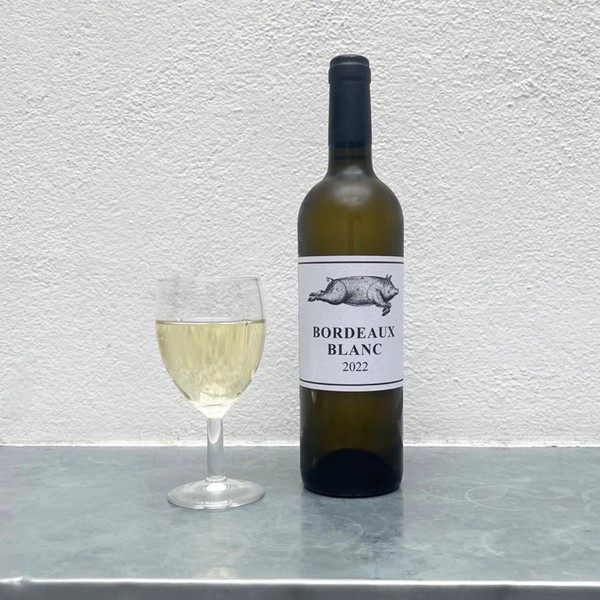
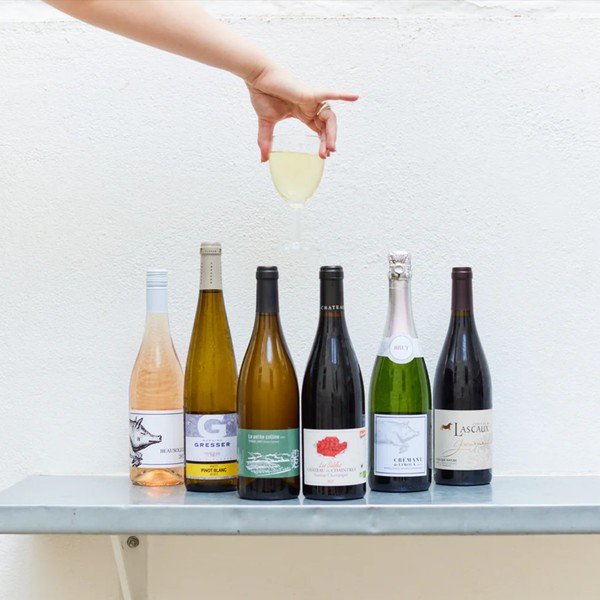
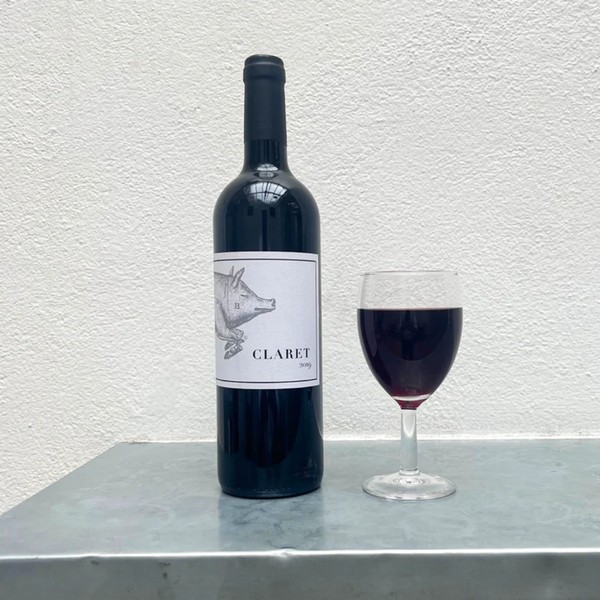
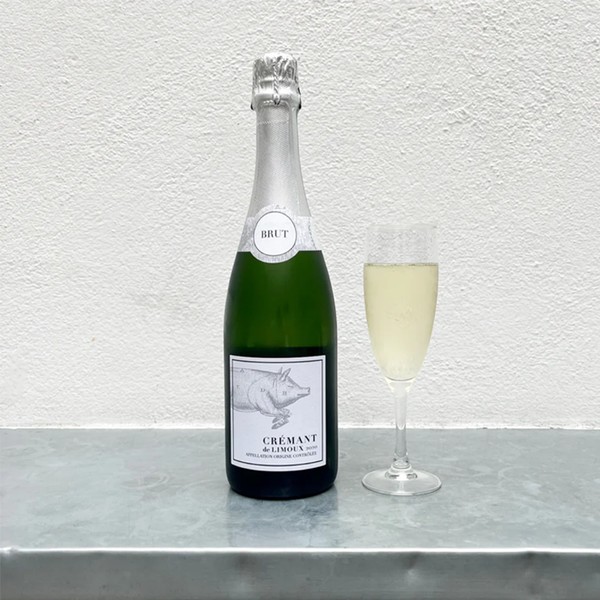
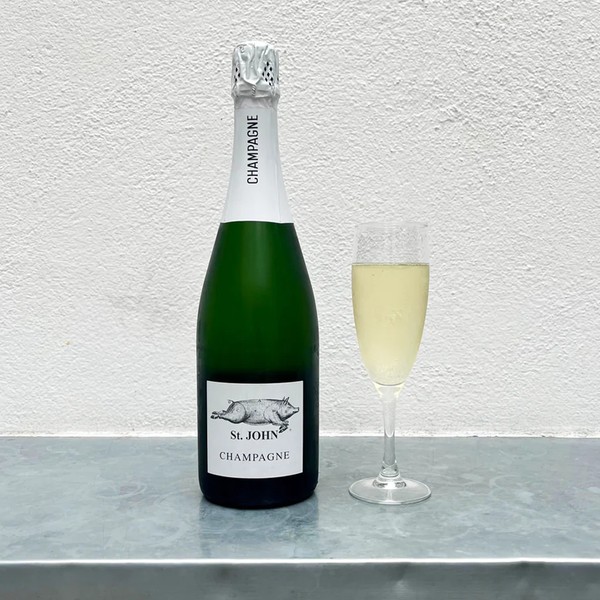
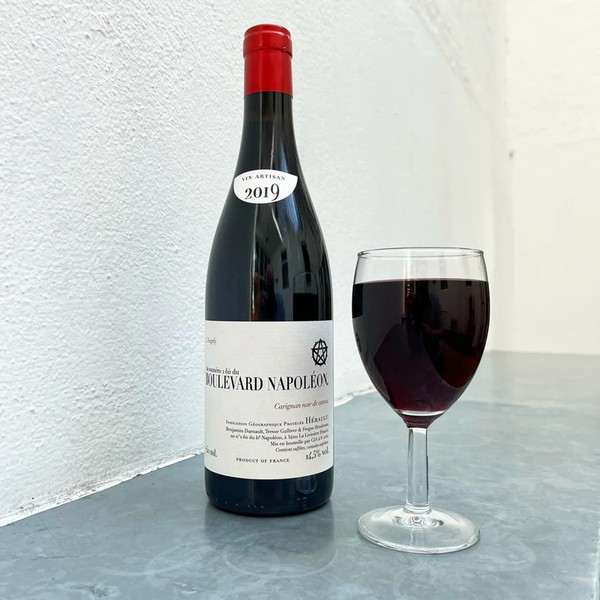
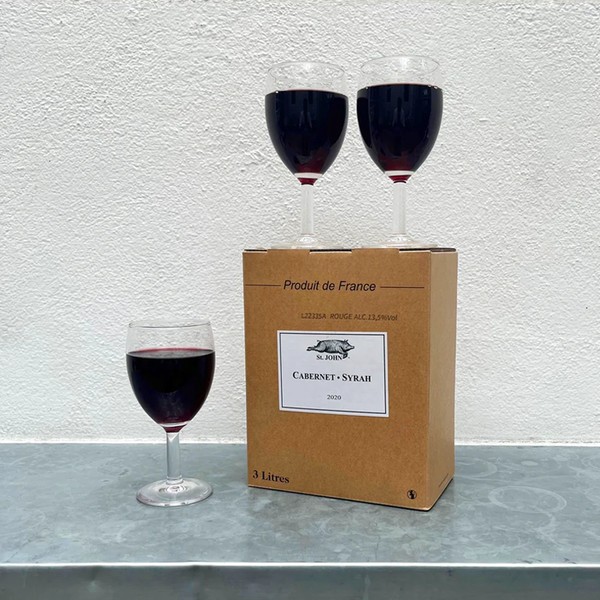
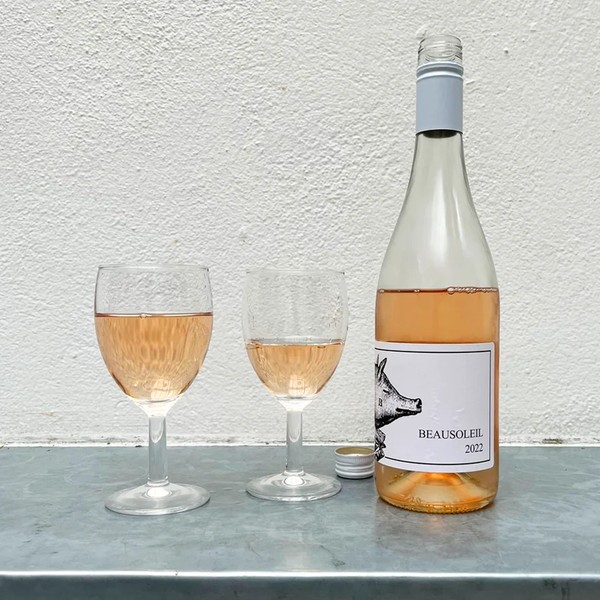
All products on this page have been selected by our editorial team, however we may make commission on some products.
DISCLAIMER: We endeavour to always credit the correct original source of every image we use. If you think a credit may be incorrect, please contact us at [email protected].
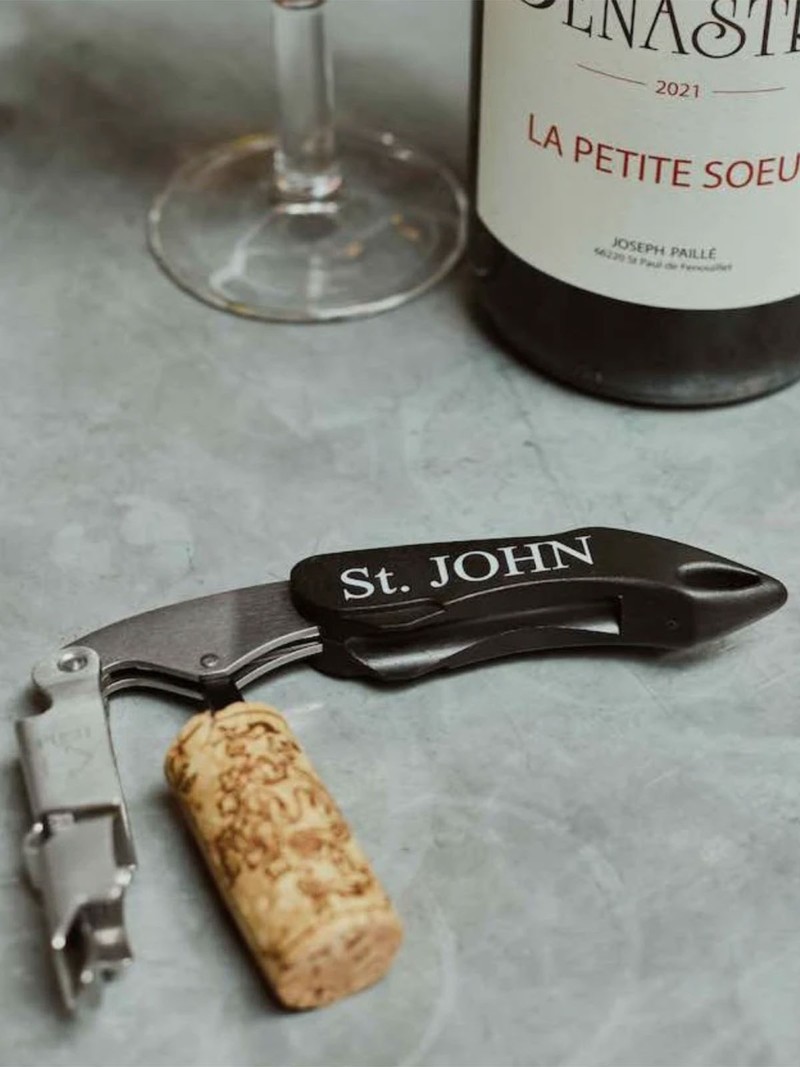
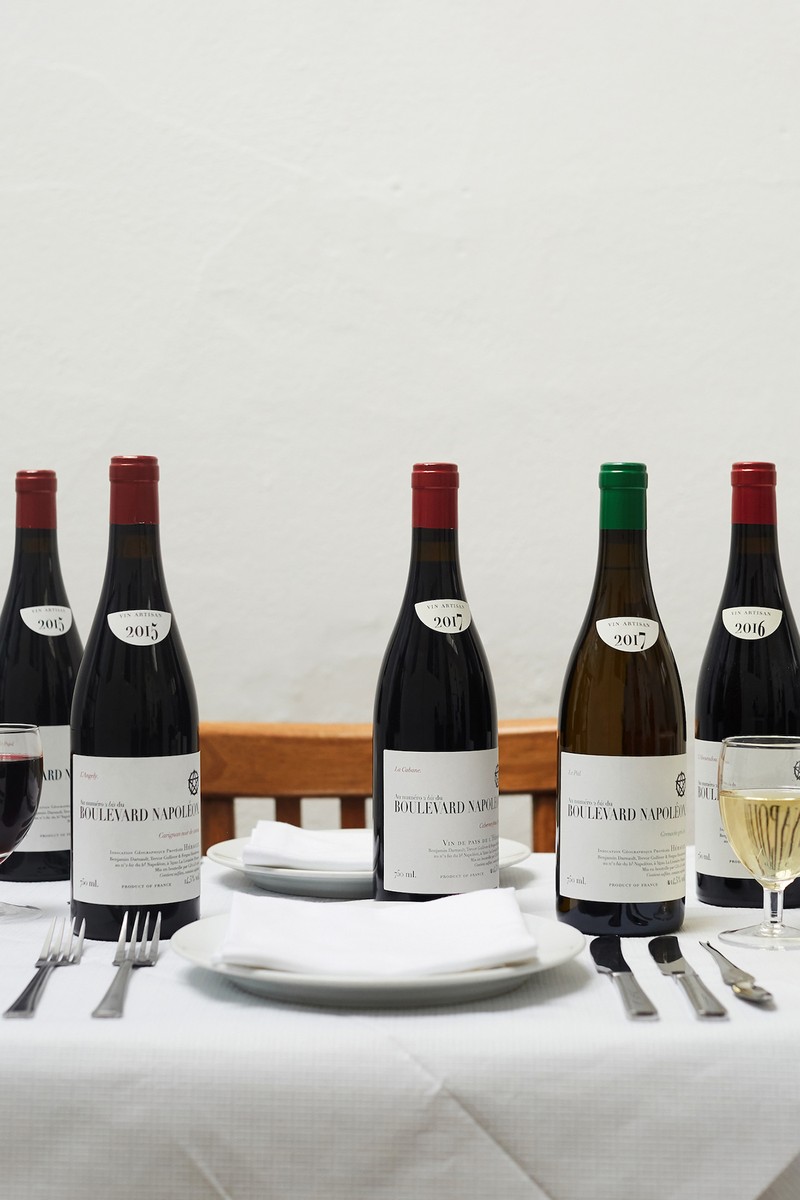
/https%3A%2F%2Fslman.com%2Fsites%2Fslman%2Ffiles%2Farticles%2F2023%2F09%2Fgemma-bell-016822300165692512582170165.jpg?itok=gOxOT3TL)
/https%3A%2F%2Fslman.com%2Fsites%2Fslman%2Ffiles%2Farticles%2F2023%2F09%2Fst-john-x-dishpatch_0.png?itok=L_gtKs8F)


